What’s the Difference Between Clean, Dirty, Strict, and Lazy Keto?
What is dirty keto, and how is it different from clean keto, strict keto, or lazy keto?

Which flavor of keto do you prefer?
Clean or dirty? Lazy or strict? These seem like weird terms to use to describe the keto lifestyle!
But unfortunately, the idea of eating whole, fresh, real food (a.k.a. a well-formulated keto lifestyle) has turned into cliquey spin-offs called “dirty”, “clean”, “lazy,” and “strict” keto.
Curious what Stetson is munching on in the pic above? A REALLY expensive Legendary Foods Low-Carb Tasty Pastry! That would be considered dirty keto. 😆
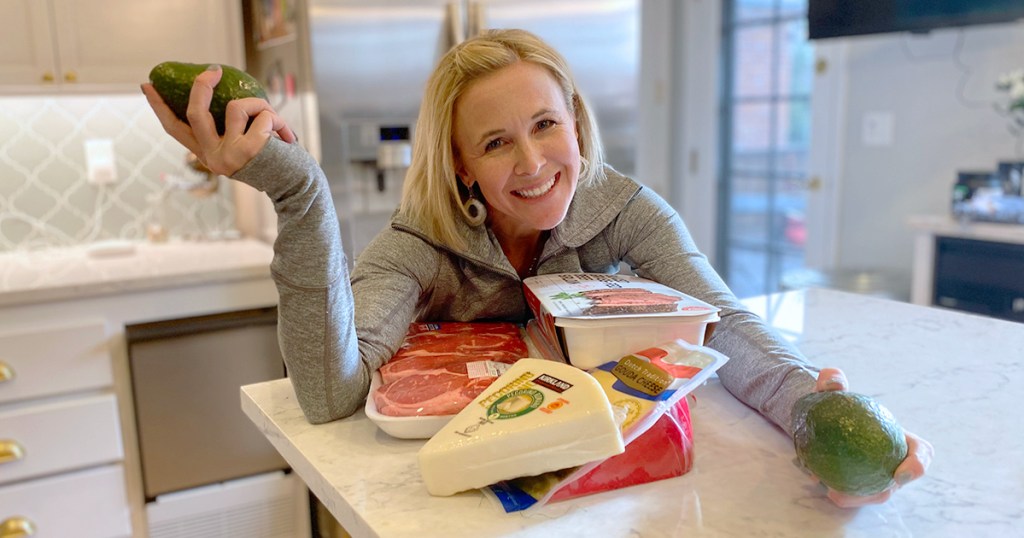
So what’s the origin of these terms?
Social media groups are where I first learned of the various spin-offs of keto, like “dirty” and “lazy” vs. “clean” and “strict”. It was a bit off-putting to see the dogmatic opinions and judgment passed onto others regarding whether or not a particular food they’re eating is “keto.”
The classification system of sorting people into “groups” based on how they choose to eat and track their food brought to mind similarities of the famous Dr. Seuss story The Sneetches, where the Star-Belly Sneetches think they are the best and look down upon Sneetches without stars.
Therefore, I am now calling all these keto diet “spin-offs” the Sneetches of keto.
This is the epitome of fad dieting, which is full of judgment, labels, rules, and that “all-or-nothing” mentality. Not to mention, they almost always lead to feelings of failure, guilt, and shame, which is exactly what we want to avoid.
What is Clean Keto?

Clean keto typically refers to:
- Consuming a keto diet consisting of whole, fresh, organic, high-quality ingredients.
- Eating very few processed foods or artificial ingredients or cutting them out completely.
- A diet full of nutrient-dense foods, like grass-fed/grass-finished beef, pasture-raised pork, free-range eggs, wild-caught seafood, and plenty of non-starchy fresh vegetables.
Clean keto usually goes hand in hand with strict keto, which I’ll explain more later.
What is Dirty Keto?
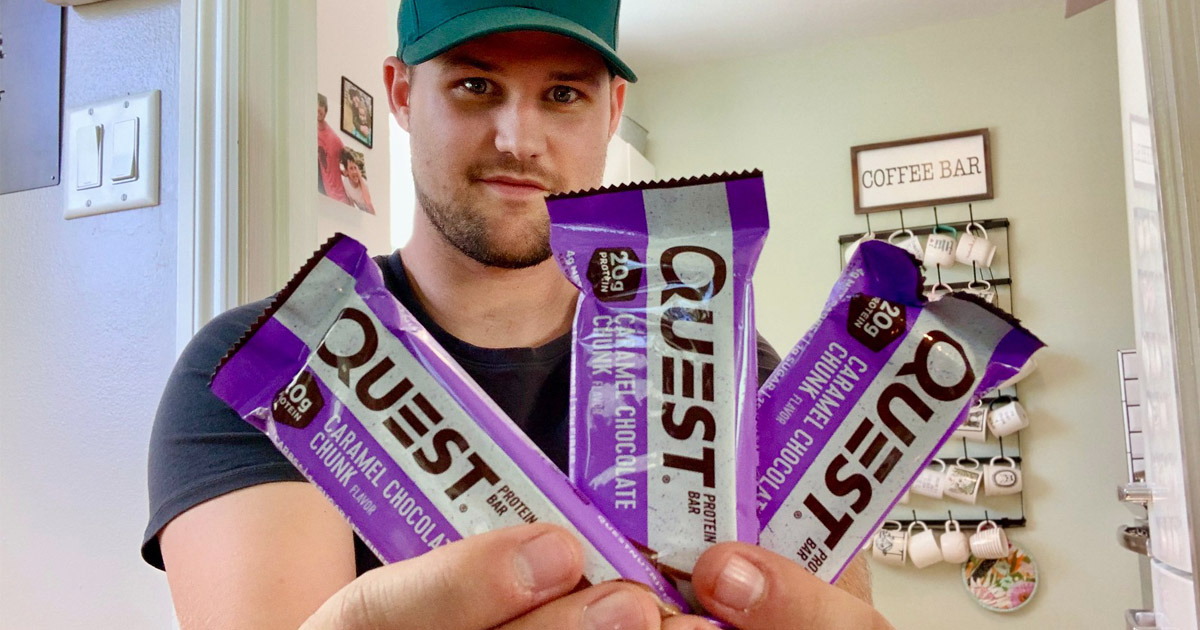
Dirty is the opposite of clean, right? So in reference to keto, the term “dirty” refers to:
- Consuming a keto diet that consists of processed foods.
- Freely eating artificial ingredients like those found in diet soda, sugar-free energy drinks and candies, artificial sweeteners, low-carb tortillas, or processed vegetable oils.
- Processed meats like hot dogs and bacon.
- Consuming pre-packaged keto foods like protein bars, chips, and shakes.
With dirty keto, there’s typically little focus on the quality of food being consumed.
What is Strict Keto?
Strict keto usually accompanies “clean” keto, but with the emphasis of “strict” referring to:
- Religiously counting all macros (fat, carbohydrates, protein) and calories on a daily basis (with or without a food scale).
- Using apps like Crono-meter or Carb Manager to ensure you reach daily goals.
- Medical therapy to treat conditions like epilepsy and cancer, where the strictness of the diet is imperative to obtain a therapeutic level of ketosis in order to achieve effective results.
People with a strict keto diet sometimes struggle with tuning in to their physical hunger and fullness cues, relying solely on a calculator to tell them when, what, and if they can eat.
What is Lazy Keto?

Lazy keto basically refers to the practice of tracking your carb intake just enough to make sure you stay between 20-50g per day, but there’s no real emphasis on tracking everything else. Instead of strictly using a food scale and counting macros, “lazy” keto dieters simply strive to eat a high-fat, low-carb diet in general.
Typically, with lazy keto, there isn’t a strong focus on the quality of ingredients in one direction or the other.
Which is best?
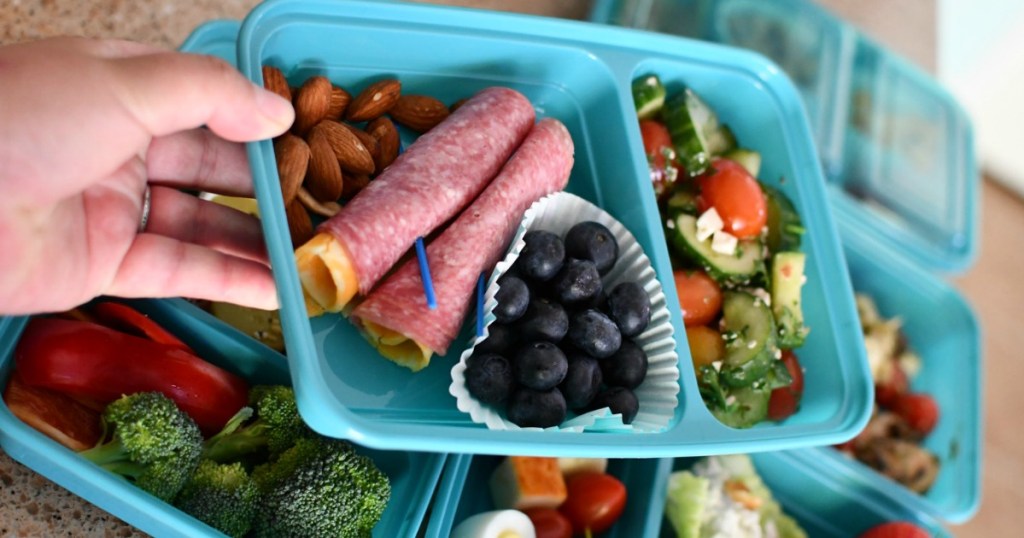
Truthfully? Well, I guess a hybrid of all four, or what I like to refer to as intuitive keto.
Basically, intuitive keto means eating whatever works for you.
It isn’t a group or class, but a way of eating that provides positive results for you personally.
Intuitive keto often means:
- Troubleshooting through plateaus.
- Adjusting how you eat, even if it sometimes isn’t “keto.”
- Listening to your body.
- Being flexible when life calls for it.
Intuitive keto is whatever “style” of eating that allows YOU to maintain and sustain optimal health over time.
So what’s the takeaway?

People often miss the mark by overcomplicating simplistic concepts like turning healthy eating into cliquey diet spin-offs. It’s time to do away with the Sneetches of keto (or just the diet mentality in general), and start eating more intuitively for long-term, sustainable success.
The next time you come across judgmental terms like “dirty” and “lazy” or people passionately arguing simplistic concepts, just remember the story by Dr. Seuss, The Sneetches, and then… “You might think such a thing wouldn’t matter at all”.


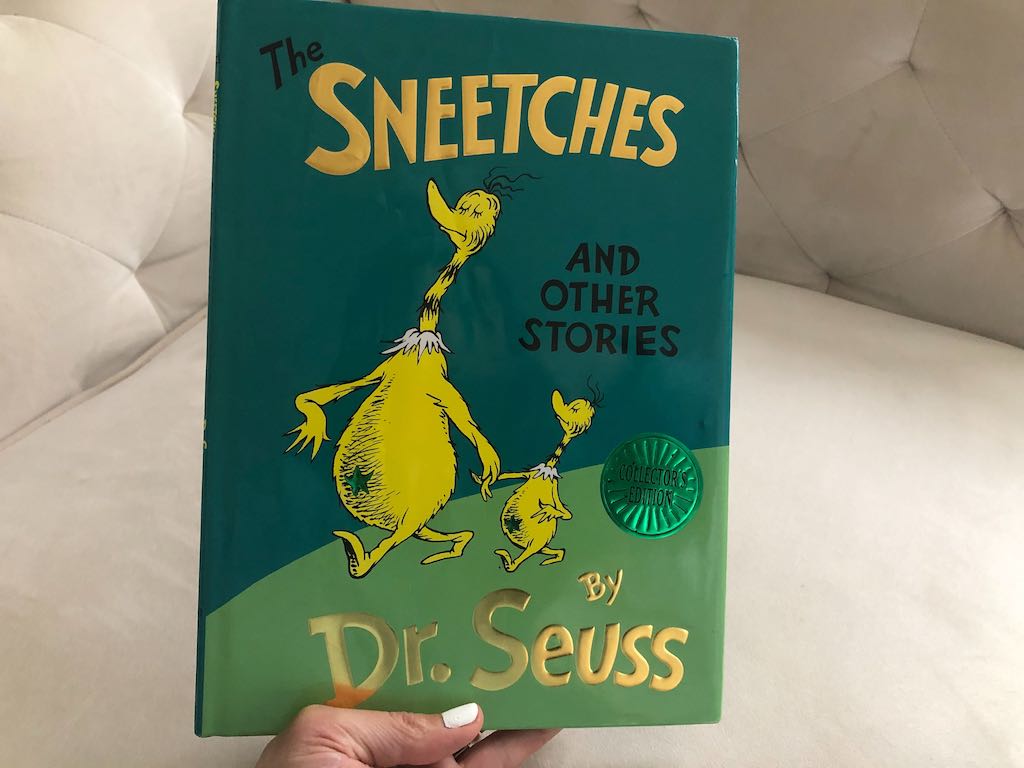
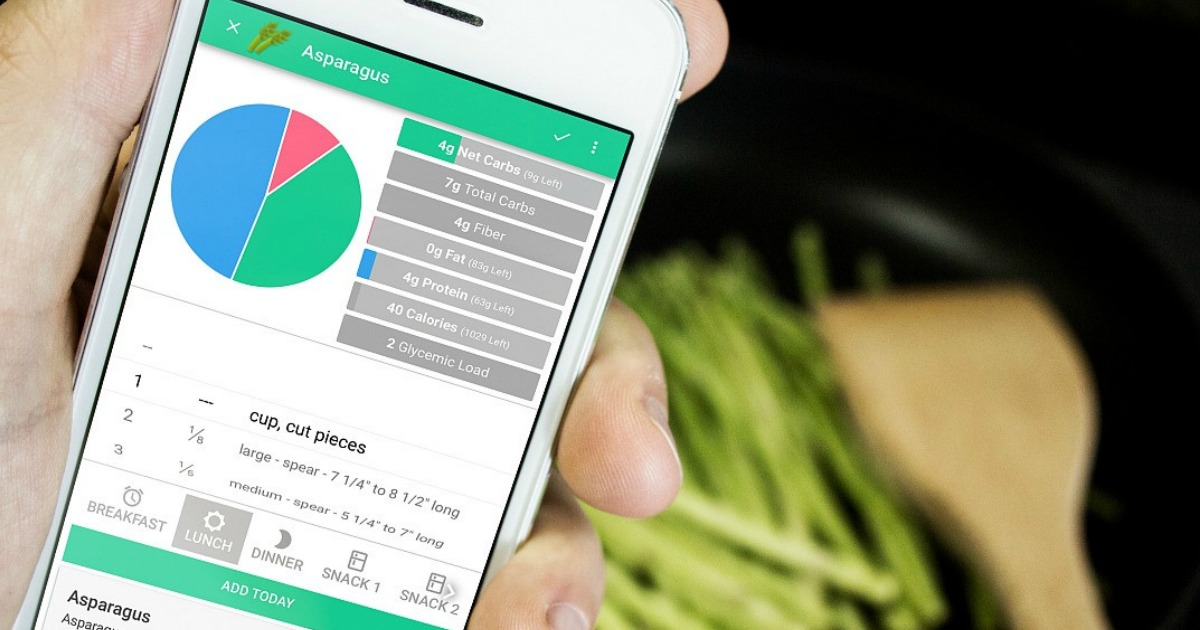


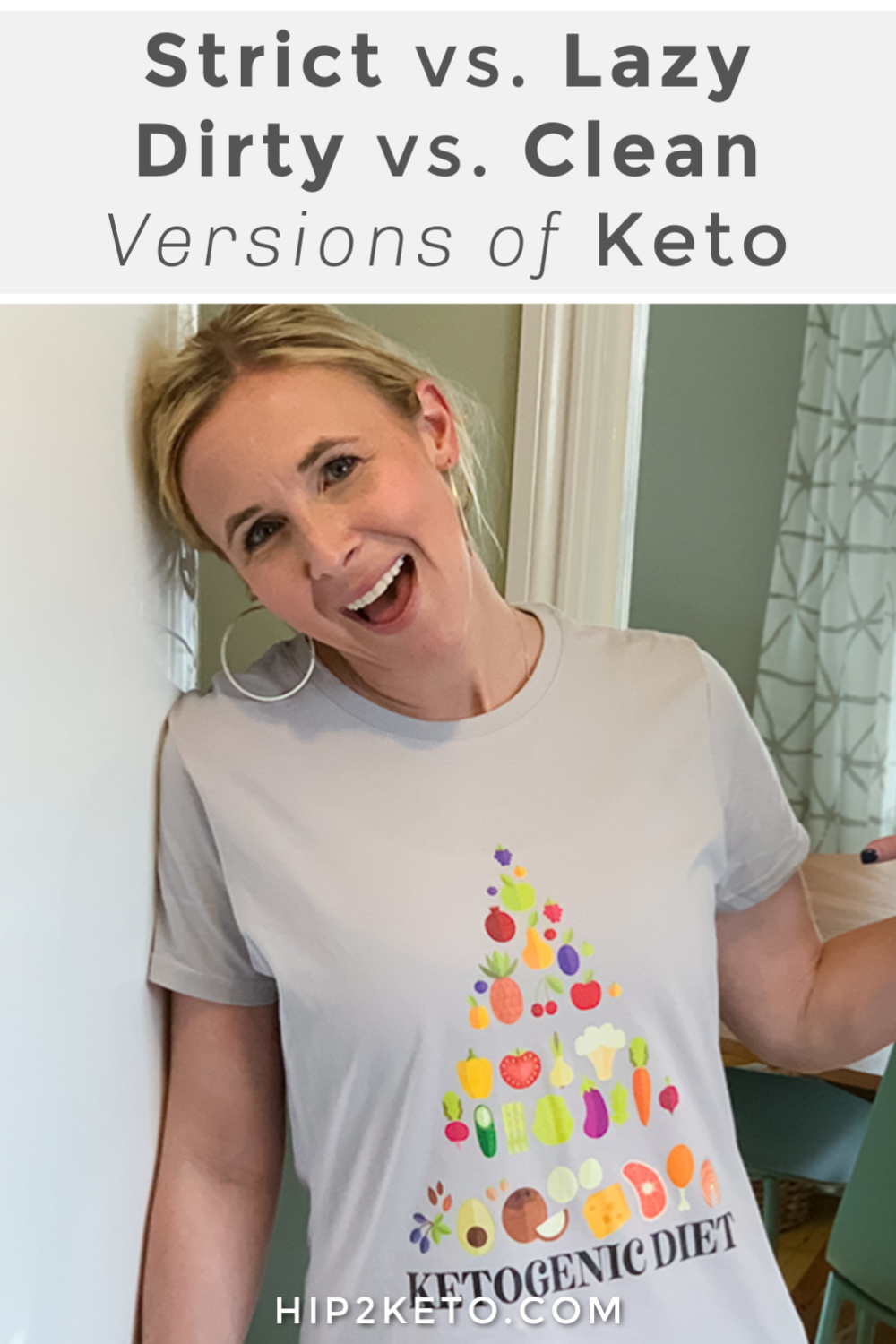

Good post! Thank you!!
Love the reference to Dr.Suess! Its perfect 🙂
❤❤
Thank you so much for this explanation.
You’re welcome! Glad this was helpful! 🙌❤️
I used to read that book when I was little or had it read to me. I like the way you’ve shown the various classifications of keto in one place. Nice work!
Aww, How cool! You’re so welcome, Laura! 🥰 Thanks for the feedback!